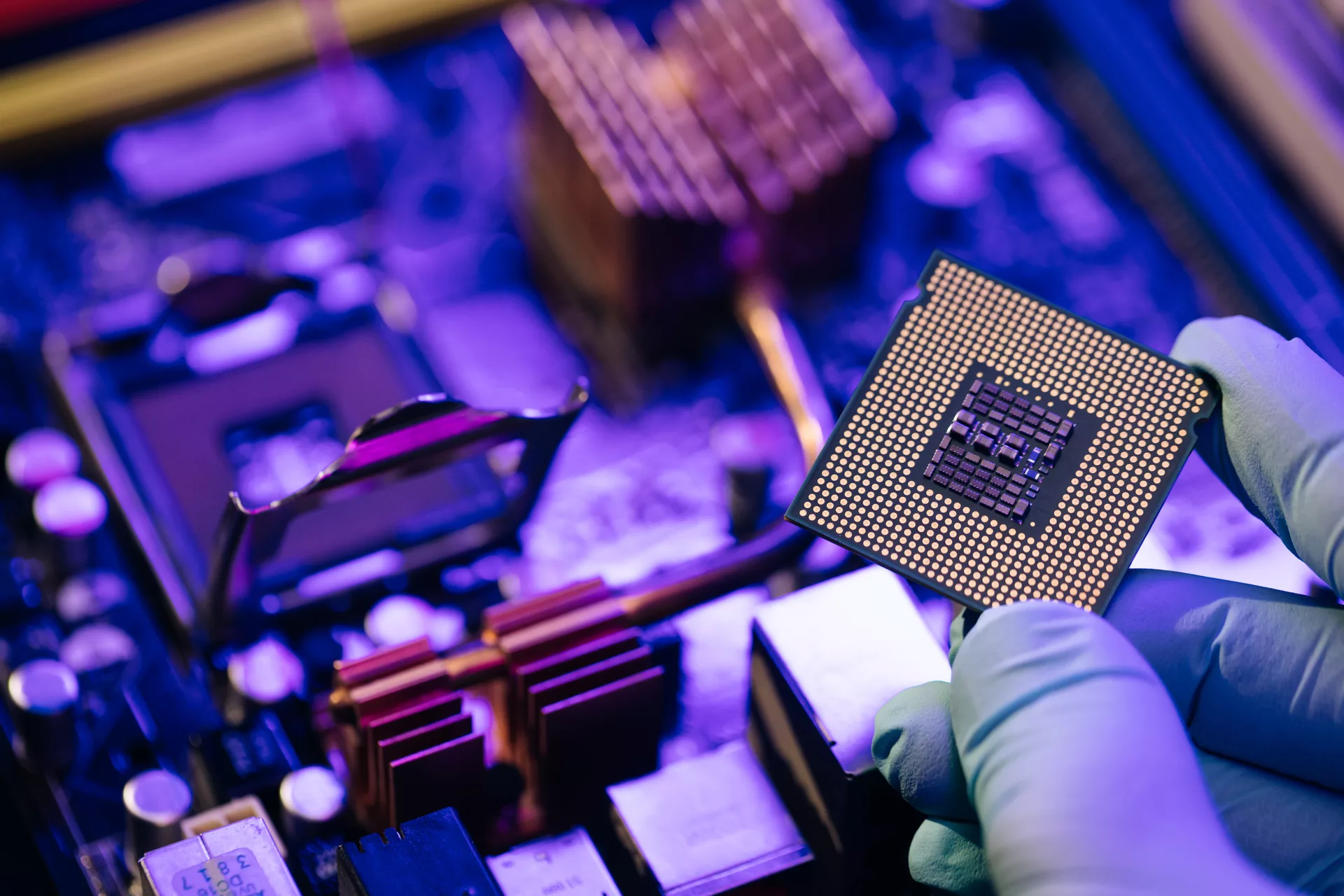Sign up for our newsletter!
Your data will be handled in compliance with our privacy policy.
Your data will be handled in compliance with our privacy policy.

Research paper published in the proceedings of 2018 IEEE 68th Electronic Components and Technology Conference (ECTC), 2018, pp. 1382–1388.
R Andersson, A M Saleem, V Desmaris, B Song, C P Wong • August 9, 2018
Using a fabrication process and materials that are completely CMOS compatible, on-chip integrated solid-state micro-supercapacitors using vertically aligned carbon nanofibers (CNFs) and carbon nanotubes (CNTs) as electrode material and an ionogel as electrolyte have been manufactured and characterized. The carbon nanostructures are grown directly on the devices at temperatures below 400 °C using a catalytic CVD process. Building on a previous study, an interdigitated capacitor design was used with varying size of the gaps between the digits, and novel electrolyte materials were used to ensure operating voltages of above 2 V. The devices were characterized electrochemically using cyclic voltammetry sweeping up to 2 V, galvanostatic charging and discharging, and electrochemical impedance spectroscopy. A capacitance of 0.45 mF/cm2 and 0.31 mF/cm2 (per device footprint area) was achieved for CNF based devices and CNT based devices respectively. Both types of devices show a maximum capacitance for when the distance between the digits are ca 30–50 μm, and lower capacitance values for larger gap sizes. Cycle life measurements show that the devices are stable up to at least 2,000 cycles, and the highest characteristic frequencies achieved are 223 Hz and 1,023.7 Hz for the CNF based and the CNT based devices respectively. The characteristic frequency is shown to decrease as the gap size increases. An equivalent circuit model is presented and used to show that the CNT based devices could be further improved by improving the wetting of the electrode by the electrolyte. dense growth.
Your data will be handled in compliance with our privacy policy.